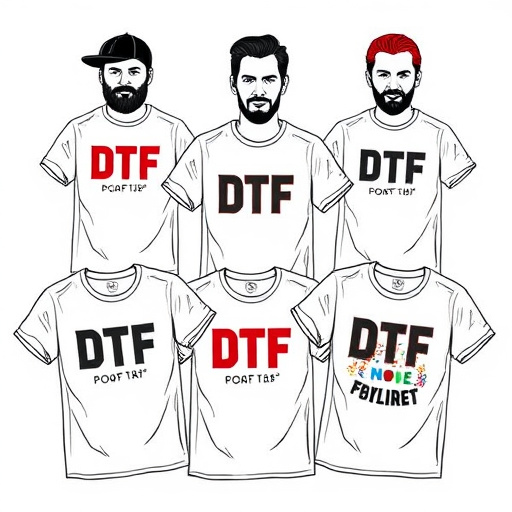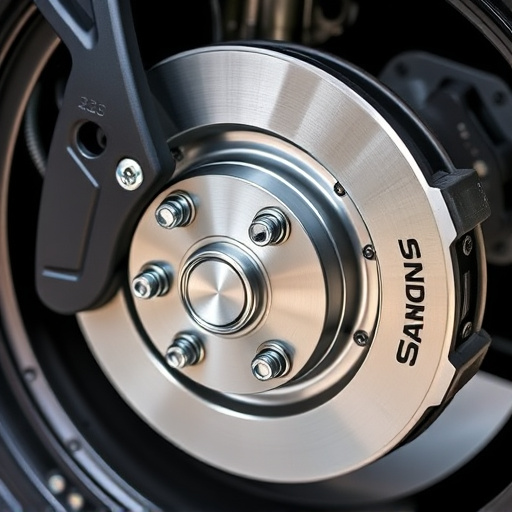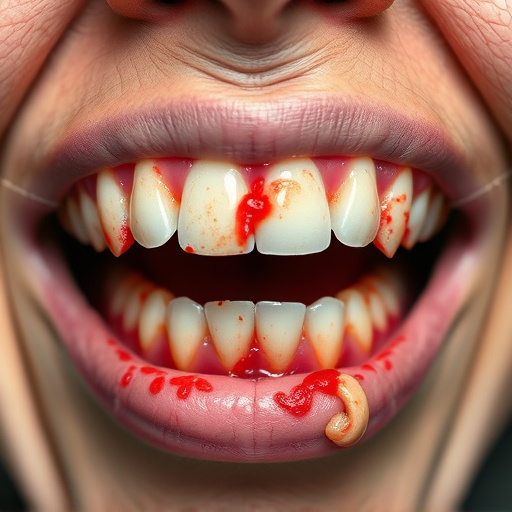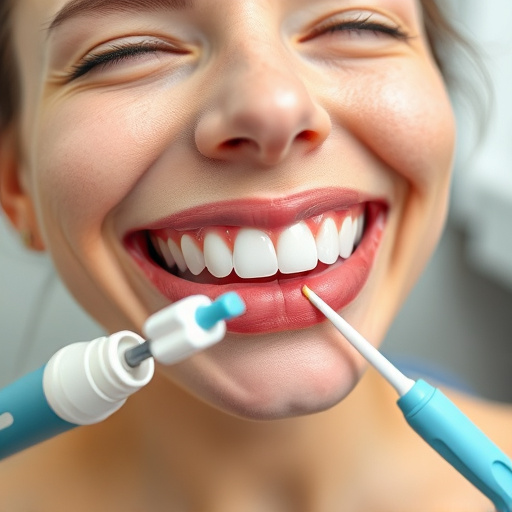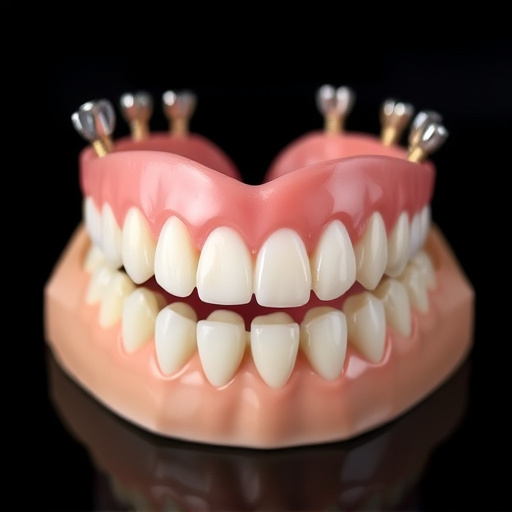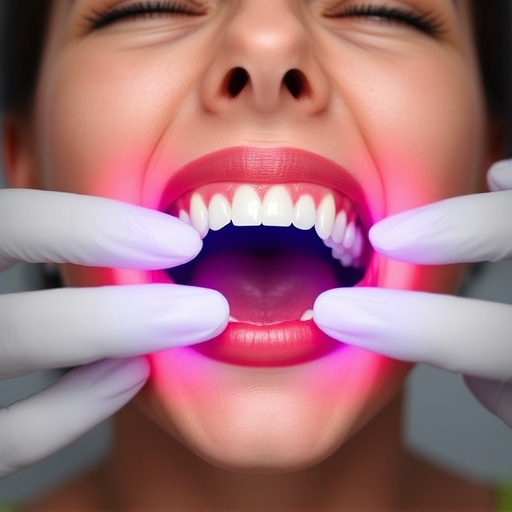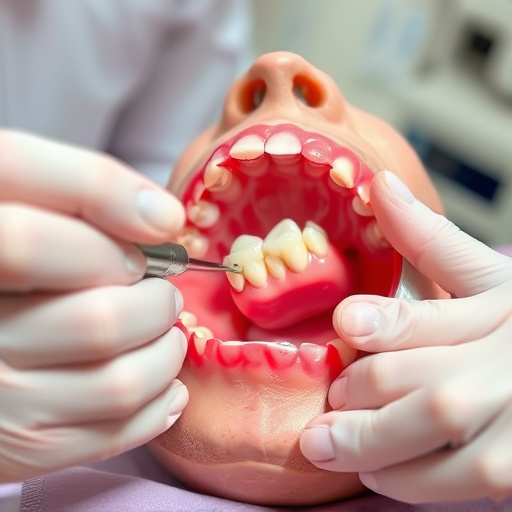Modern dental technology, characterized by 3D imaging, CAD/CAM systems, and digital X-rays, has revolutionized traditional dental practices, improving precision, efficiency, and patient outcomes. Automation streamlines procedures like dental bonding and crown creation, reducing treatment times and costs. In education, this technology equips future dentists with advanced skills, enhancing their ability to provide efficient, precise care in family dentistry settings.
Digital dentistry has emerged as the core of modern dental technology, revolutionizing patient care with advanced tools and techniques. From efficient workflows enabled by software solutions to enhanced education for future professionals, digital technologies are transforming dental practices worldwide. This article explores how these innovations streamline operations, improve patient outcomes, and prepare the next generation for a digital-first approach to dentistry.
- Revolutionizing Patient Care: Digital Tools and Techniques
- Streamlining Dental Practices: Efficient Workflows and Software Solutions
- Enhancing Education: Training for Future Dental Professionals in a Digital Age
Revolutionizing Patient Care: Digital Tools and Techniques
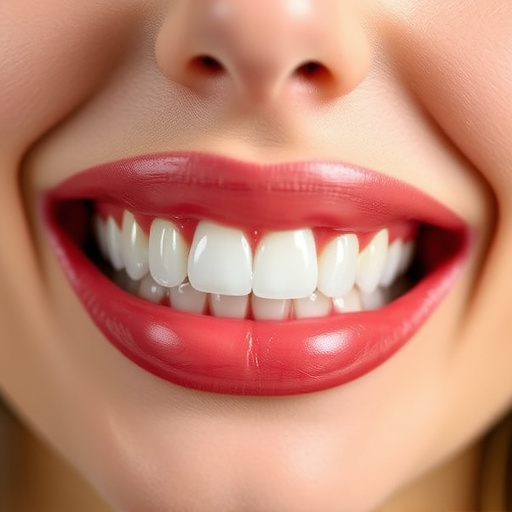
The advent of digital dentistry has brought about a revolution in patient care, transforming traditional general dentistry practices into modern dental technology hubs. Advanced tools and techniques, such as 3D imaging and CAD/CAM systems, enable dentists to provide more precise and efficient treatments. Digital X-rays offer clearer, detailed images, facilitating earlier detection of issues that might be missed with conventional methods. This enhances the accuracy of diagnoses and treatment planning, leading to better patient outcomes.
Moreover, digital dentistry streamlines procedures like dental bonding, offering quick fixes for minor chips or cracks, and even revolutionizes the creation of dental crowns. With CAD/CAM technology, dentists can design and craft custom-fit crowns digitally, eliminating the need for conventional impressions and reducing treatment time significantly. These innovations not only improve patient comfort but also make dentistry more accessible and cost-effective in the modern dental technology landscape.
Streamlining Dental Practices: Efficient Workflows and Software Solutions
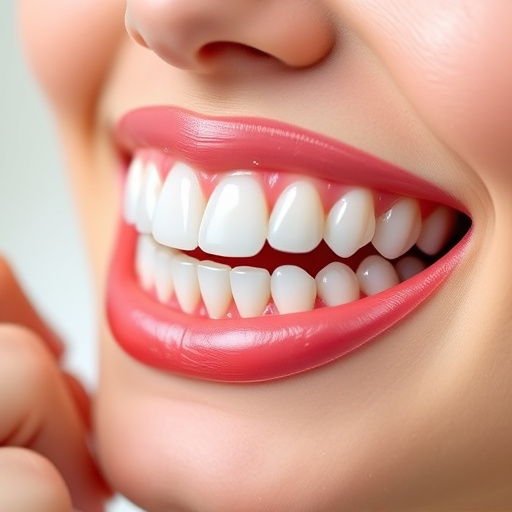
In the realm of modern dental technology, digital dentistry has emerged as a game-changer, revolutionizing how dental practices operate on a daily basis. By integrating advanced software solutions and streamlined workflows, dentists can enhance efficiency and improve patient care. Digital tools enable precise documentation, quick access to patient records, and seamless communication, all of which contribute to more effective treatment planning.
One notable benefit is the ability to automate routine tasks, such as scheduling appointments and managing insurance claims, thereby freeing up valuable time for dental professionals. This focus on efficient workflows not only improves productivity but also allows for a greater emphasis on preventive dentistry, including regular teeth cleaning and minor restorative procedures like dental bonding. As a result, patients can expect more personalized care, reduced wait times, and improved overall oral health outcomes.
Enhancing Education: Training for Future Dental Professionals in a Digital Age
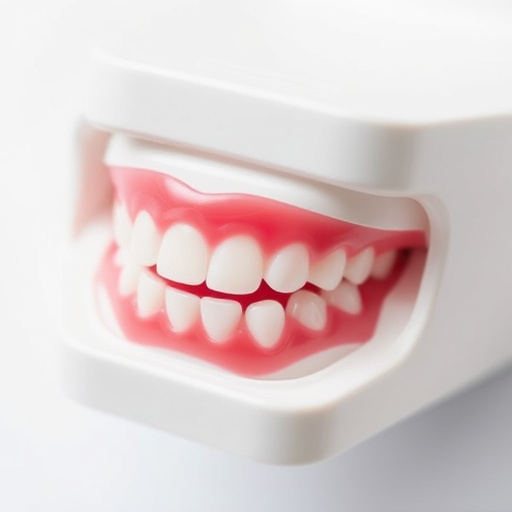
As modern dental technology evolves, so does the landscape of dental education. Future dental professionals need to be equipped with the skills to navigate and leverage digital tools in their daily practices. This includes not only learning about advanced technologies like 3D printing for dental restorations but also understanding how to use electronic health records, digital imaging software, and teledentistry platforms effectively. By integrating these innovations into their training, students can gain a competitive edge and be better prepared to provide efficient and accurate care in a family dentistry setting.
The shift towards digital dentistry doesn’t replace the fundamentals of dental care; instead, it enhances them. Students must still master techniques for dental cleanings, understanding the importance of proper hygiene practices. Additionally, they need to be proficient in performing procedures like dental fillings while utilizing digital aids to improve precision and patient outcomes. This balanced approach ensures that future dentists are not only technologically adept but also skilled in the art of traditional dentistry.
Digital dentistry is not just a trend but a game-changer that defines the core of modern dental technology. As we’ve explored, revolutionizing patient care through advanced digital tools and techniques, streamlining practices with efficient workflows and software solutions, and enhancing education for future professionals are all integral parts of this transformation. Embracing these digital innovations ensures improved patient experiences, increased operational effectiveness, and better-prepared dental teams for the future.



